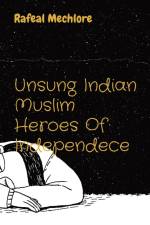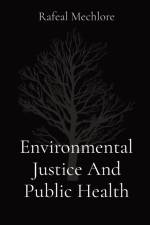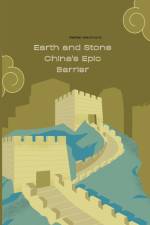av Rafeal Mechlore
321
"Earth and Stone: China's Epic Barrier" stands as a comprehensive and in-depth exploration of one of humanity's most monumental achievements-the Great Wall of China. This ambitious undertaking delves into the historical, cultural, and technological aspects of the Great Wall, unearthing its origins, evolution, and enduring impact on China and the world. Spanning millennia, the Great Wall's narrative intertwines with China's socio-political, economic, and military developments, creating a complex tapestry of significance far beyond its physical representation as a defensive rampart.The journey commences with an exploration of the early stages of the Great Wall's construction during the tumultuous Warring States period (7th-3rd century BCE). Here, the seeds of the Wall's purpose are sown-a means to protect individual states from external threats. Meticulous research and analysis of historical records lead us through the annals of time, revealing how different dynasties, notably the Qin, Han, and Ming, contributed to the Wall's expansion, reinforcement, and preservation. A panoramic view of the construction methods and materials employed emerges, ranging from the use of compacted earth and sturdy stone to wood and fired brick."Earth and Stone" transcends the physical dimensions of the Great Wall to unveil its symbolic and cultural significance. The Wall emerges not merely as a functional structure but also as a canvas for artistic expression. It bore witness to the imprints of poets, scholars, and warriors who etched their thoughts, poems, and calligraphy onto its surface. By delving into the interplay between cultural history and the Great Wall, this study brings to light its role as a muse for literature, a subject for visual arts, and a repository of folklore, adding layers of depth to its place in China's collective memory.The exploration also extends to the geopolitical realm, examining how the Great Wall influenced China's defense and diplomatic strategies. It elucidates instances where the Wall acted as a barrier against Mongol invasions and facilitated border control and trade management along the vast network of the Silk Road. This perspective unlocks an understanding of how the Wall's significance evolved over time-from a tool of military defense to a complex emblem shaping foreign relations and policy dynamics.Simultaneously, "Earth and Stone" evaluates the impact of the Great Wall on local communities, shedding light on the unsung heroes-the laborers-who brought this colossal project to life. Drawing from archaeological findings and historical records, the study reconstructs the lives of these laborers, soldiers, and ordinary civilians who inhabited and interacted with the Wall. This inquiry uncovers socio-economic intricacies, working conditions, and the socio-cultural dynamics that unfolded in the vicinity of the Wall, providing a window into the convergence of human endeavor, labor, and monumental construction.




![Guilt [June Hunt Hope for the Heart] af June Hunt](https://cdnbackdoor.tales.as/thumbnail/150x225/products/00286/14484/guilt-june-hunt-hope-for-the-heart-living-guilt-free.jpg)














